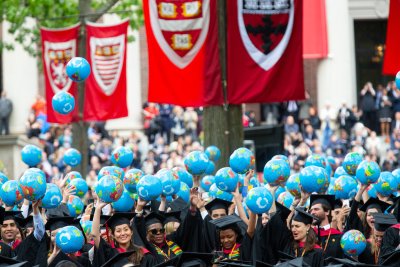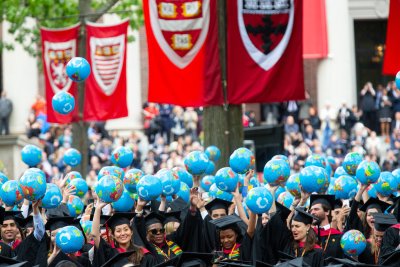
Oct. 23 (UPI) — New data released by Harvard University’s undergraduate school showed a decline for the class of 2029 in both Hispanic and Black students, with a spike in its Asian student population.
Massachusetts-based Harvard College stated its 2029 class makeup showed Black students comprised 11.5%, with Hispanics at 11% and Asian-American students at 41%, according to newly released data.
However, the university did not release demographics and data on its White student population.
The data release followed the U.S. Supreme Court‘s recent ruling that struck down affirmative action practices in America’s higher learning institutions.
Prior to the high court’s decision, the Harvard student population had been made up of about 18% of Black students.
But Harvard’s total number of Hispanic students went up following the Supreme Court’s ruling.
According to data, roughly 21% of Harvards 2029 graduating class were eligible for federal Pell Grants. It added 45% were tuition free and 26% on an entirely free program.
Earlier this year, President Donald Trump instructed the Department of Education to inform U.S. educational institutions on the receiving end of federal funds to officially end affirmative action policies in a number of school-related practices.
Meanwhile, a Yale professor and expert on affirmative action history called the decline an example how the high court’s “disastrous decision from 2023 continues to cause Black enrollment rates to decline at many of the nation’s premier universities.”
“I fear that Harvard’s plummeting trend lines over the last two years offers an unattractive preview of the future in American higher education,” Justin Driver, a professor at Yale Law School, told The New York Times.
